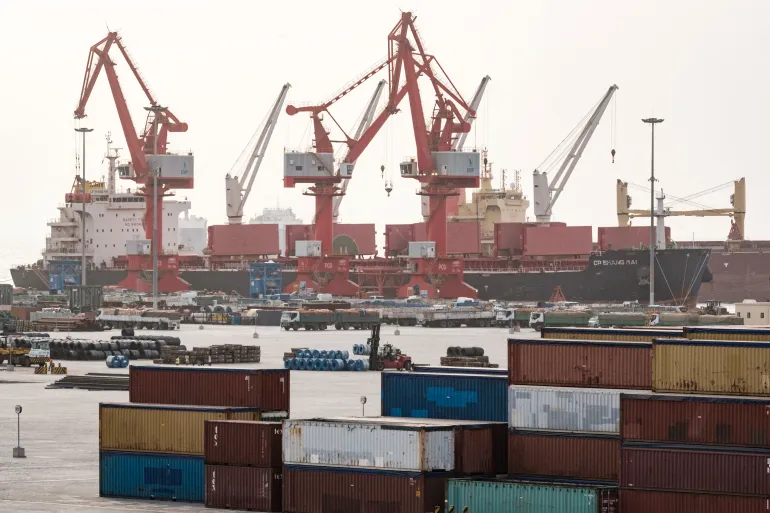Although African countries began liberalizing trade among themselves in 2012, the African Continental Free Trade Area (AfCFTA) agreement was not officially concluded until early 2019.
The accession process that followed was lengthy and still incomplete, with Eritrea yet to ratify the agreement.
When was the African Continental Free Trade Agrrement Implemented?
The agreement’s implementation began in January 2021, following the election of Wamkele Mene as the first Secretary-General of the AfCFTA and the designation of Accra, Ghana’s capital, as the Secretariat’s headquarters.
The African Continental Free Trade agreement aims to create a unified market of 55 countries with a combined population of 1.3 billion and a total GDP of $3.4 trillion.
What Are the Expected Economic Gains from the African Continental Free Trade Agreement?
The British magazine The Economist describes the agreement as one of the African Union’s most significant initiatives and a step toward transforming the continent into a global economic power.
The World Bank estimates that the AfCFTA could boost Africa’s GDP by 7%—equivalent to $450 billion—by 2035.
While lifting 30 million people out of extreme poverty and 68 million out of moderate poverty.
Key provisions include removing tariff and non-tariff barriers, boosting intra-African trade, developing value-added industries, and establishing regional value chains to encourage investment and job creation.
Read also: Green Growth: Empowering Youth in East Africa for a Sustainable Future
Reasons Behind the Delays
According to Kenyan-American academic David Monda, delays stem from government bureaucracy, political sensitivities surrounding trade, and fears among some regimes of losing control over commercial activities.
Other factors include linguistic divisions (English, French, Portuguese), the multiplicity of regional blocs, and concerns among weaker economies about unfair competition with stronger ones, slowing the pace toward economic integration.
Limited Progress Amid Ongoing Challenges
Five years after its signing, Africa still accounts for less than 3% of global trade, with intra-African trade remaining the weakest compared to other global trade blocs.
Political instability, weak infrastructure, climate impacts, wars, and fragile administrative systems all hinder full implementation.
Nevertheless, 2022 saw the launch of the Guided Trade Initiative, involving 30 countries.
Including Nigeria and South Africa—to exchange a selected range of products, marking an initial step toward practical application.
Requirements for Future Success of the African Continental Free Trade Agreement
Experts stress the urgent need to improve infrastructure, with the current financing gap estimated at $100 billion.
They also highlight the importance of harmonizing trade regulations, expanding digital trade, and boosting value-added production within Africa.
David Monda calls for reducing bureaucracy, removing non-tariff barriers, and diversifying production to strengthen intra-African trade, ultimately paving the way for deeper economic integration.


